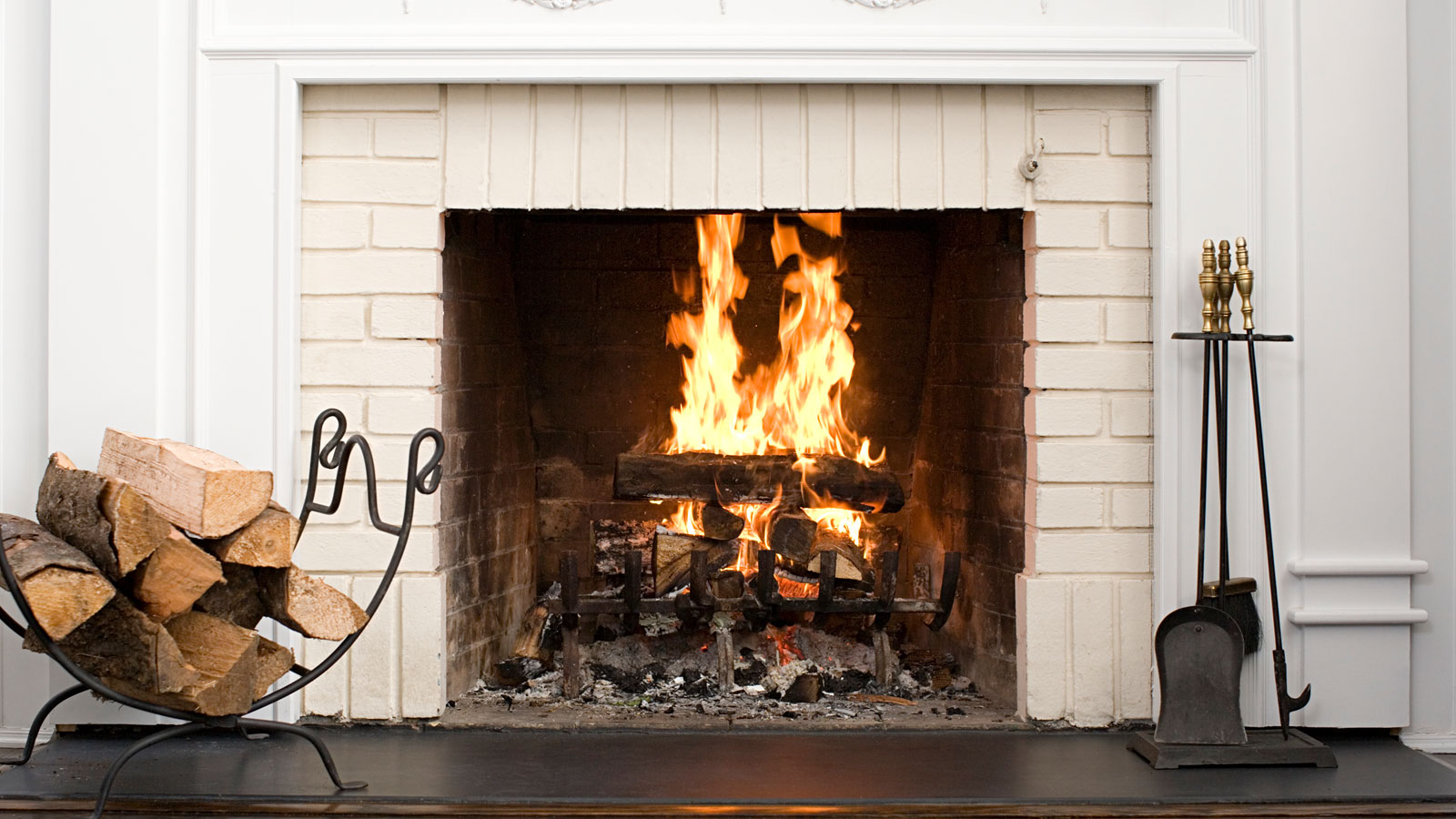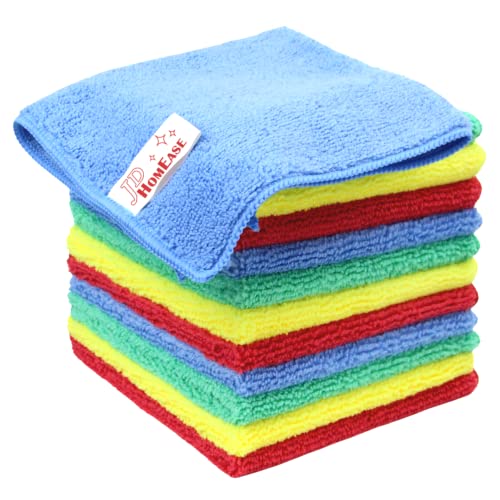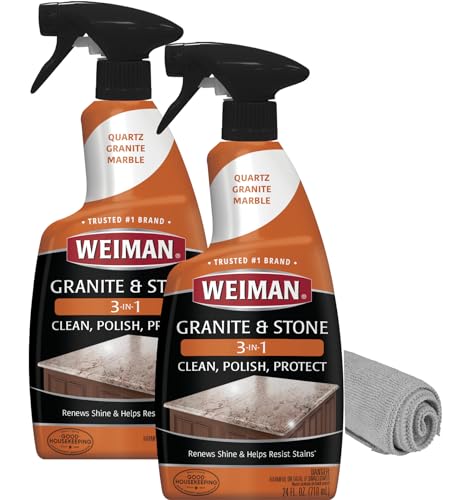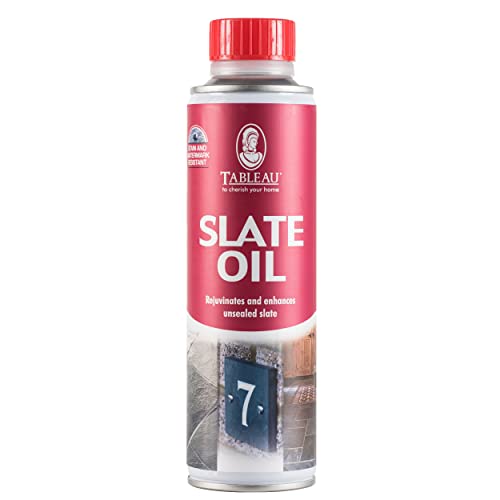How to clean a slate hearth to get it looking shiny and new
Cleaning expert reveals what you need to do to keep your slate hearth looking it best

Do you want to know how to clean a slate hearth? If you’ve got an open fireplace with a slate hearth, it will need looking after. It's not difficult but there are some essential steps that you need to follow. If you use the wrong type of cleaner, or the wrong equipment, you could end up spoiling your slate.
The same applies if restoring a fireplace with a slate hearth. You may need to use a little more elbow grease, and maybe invest in some specialist products for extra protection when it's finally clean.
Here you’ll find no-nonsense advice from a pro who will help you get the finish you want.

Henry Paterson is a home cleaning expert at Housekeep, the UK’s top-rated home cleaning service. He’s talked at industry events including the Ideal Home Show and regularly features as an industry expert for publications including the Sun, Mail Online, Martha Stewart and more.
How to clean a slate hearth: What is the best thing to use?
To keep your slate hearth clean and well maintained you will need to clean on a regular basis. But how often and what should you use?
Henry Paterson, home cleaning expert at Housekeep reveals what you need for regular cleaning, “A mild solution of washing up liquid and warm water works well for your regular weekly or bi weekly cleaning routine. Use a soft, clean microfibre cloth to avoid scratching the surface."
He adds, “You can also use a specialist natural stone cleaning product (but double check the label to ensure it’s suitable).”
What equipment do you need to clean a slate hearth?
There are a variety of options but Paterson recommends microfibre cloths as they are multi-functional, “They’re machine-washable, non-abrasive and can be used damp for wiping, or for dry buffing.” He suggests that it's, “Best to avoid abrasive sponges and cloths, as these can scratch. To reinforce the point he says, “So no steel wool, scrubbers or abrasive scourers.”
Try these to help clean and maintain a slate hearth

A set of high-quality microfiber cloth made of 80% polyester and 20% polyamide blend for high absorbency. Colour-coded, so you can designate to different jobs.
Steps for cleaning a slate hearth
Keeping a slate hearth clean is not a complicated process, but to get the best finish there is a process you need to follow. Paterson recommends that you follow these steps.
1. Vacuum or sweep
The first step is to get rid of any dust and debris, “Start by either brushing with the brush from your dustpan and brush, or by vacuuming using the soft brush attachment.” Make sure that you remove as much dust and debris as possible.
2. Clean with cloth
Start by, “Dipping your microfibre cloth into your detergent solution and then wring - so the cloth is damp but not dripping.” Once your cloth is ready to go you need to, "Work from top to bottom and wipe the hearth thoroughly.”
To ensure you are not recirculating dirt, “Regularly dip and wring your cloth to ensure you’re working with a clean cloth.”
3. Finish up
“Once you’ve wiped the hearth clean, dampen a clean cloth with just water and wipe again.” Check that all of the detergent water has been removed before you continue. When done, “Buff dry the hearth with a dry cloth.”
What should I avoid cleaning a slate hearth with?
A slate hearth is durable and stays looking good if cleaned with the right products. Paterson says, “Avoid anything acidic - like Viakal (a limescale remover), lemon juice or vinegar. Bleach should also be avoided.” Why? “These can discolour and scratch slate”.
As he has already mentioned, something very mild (e.g. a mild solution of washing up liquid and water) is an ideal choice. However, there is the option to use a specialist slate cleaning product if needed.
What can I add to slate to protect it?
Regular cleaning a slate hearth will help keep it looking its best, but to prolong the life of the slate it is a good idea to add some form of protection. This can seal the stone and add a protective layer to help stop it getting stained and scratched.
Paterson says, “Once you’ve cleaned your slate hearth, you can apply an oil or sealant, like this Lithofin MN Slate Seal from Amazon, to protect the surface. There are lots of these available online”.
But he warns, “It’s critical that you read the instructions on the product though (these vary between products) and if possible, test on a discreet area first.”
FAQs
How do you make a slate hearth shiny?
A clean slate hearth, especially if untreated or unsealed can have a flat matt finish. To bring out the natural beauty Paterson says, “Teak oil, olive oil and WD-40 are often cited as options for cleaning slate hearths.”
But he says, “I’d avoid them”. He recommends that, “Only using a specialist slate oil, or a slate sealant as these will leave a sheen.”
How do you remove white marks on slate hearth?
If slate is not treated or maintained properly it can lead to white marks spoiling the finish. But what are they? Paterson explains, “The white marks that sometimes appear are just water marks/limescale deposits. Avoid using limescale remover products like Viakal (these are acidic and will damage your slate)."
He adds, “If your regular cleaning (plus a little elbow grease) isn’t doing the trick then I’d recommend using a specialist natural stone cleaning product. As ever, it's best to test on a discreet area first and always follow label instructions.”
If you don’t have a slate hearth but would like one, or something very similar, check out our Stone flooring ideas for inspiration. If you want to install yourself then check our Tiling a floor tips and Grouting floor tiles to help get a pro looking finish.
Get the Homebuilding & Renovating Newsletter
Bring your dream home to life with expert advice, how to guides and design inspiration. Sign up for our newsletter and get two free tickets to a Homebuilding & Renovating Show near you.
Steve Jenkins is a freelance content creator with over two decades of experience working in digital and print and was previously the DIY content editor for Homebuilding & Renovating.
He is a keen DIYer with over 20 years of experience in transforming and renovating the many homes he has lived in. He specialises in painting and decorating, but has a wide range of skills gleaned from working in the building trade for around 10 years and spending time at night school learning how to plaster and plumb.
He has fitted kitchens, tiled bathrooms and kitchens, laid many floors, built partition walls, plastered walls, plumbed in bathrooms, worked on loft conversions and much more. And when he's not sure how to tackle a DIY project he has a wide network of friends – including plumbers, gas engineers, tilers, carpenters, painters and decorators, electricians and builders – in the trade to call upon.



